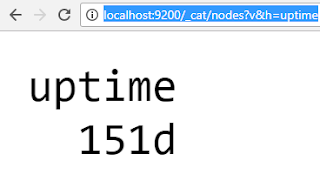A while ago I talked about how to
establish a professional presence online using Google Apps. If you followed those steps, great! you're well on your way. But your not done yet.
If you're running a cloud-based business, any cloud-based business, whether that's a blog or a full-on eCommerce application, you have to be monitoring it. There are a number of great tools to help you do this, and you don't need to be a rocket scientist to use them.
At the top of the market is
Gomez, a simply fantastic tool that can show you exactly what is happening with your site. For basic monitoring (i.e. "Is my website up?"), setup is quite simple. But Gomez can answer so much more (i.e. "How is my site performing for users in S. China on Firefox?" or "How does my site look on a Blackberry Torch?")! As you get into these more advanced scenarios, configuration becomes more complex. Gomez is the cats-meow of monitoring tools, but be prepared for the price - it has pricing to match their top-of-the-market status.

For basic uptime and response time monitoring,
Pingdom is a fantastic solution. Their price points fit (starting at free!), and the service is incredibly easy to use. While Gomez feels built for technicians, Pingdom is built for non-technicians.
Both of these services are cloud-based (meaning no software to install) and can be up and running in minutes (Pingdom) or a couple of days with Gomez (and this is really just because you have to buy it and have contracts etc. - the actual provisioning can also be done in minutes once you have a paid account).
Go out and try these - it's a part of establishing your professional presence online.







